
Korean War
The Advanced Combat Helmet Generation II: A New Helmet With an Old Legacy
In recent years, the U.S. military has made significant announcements on the replacement of its old equipment, much of it dating back to the Cold War. Read more
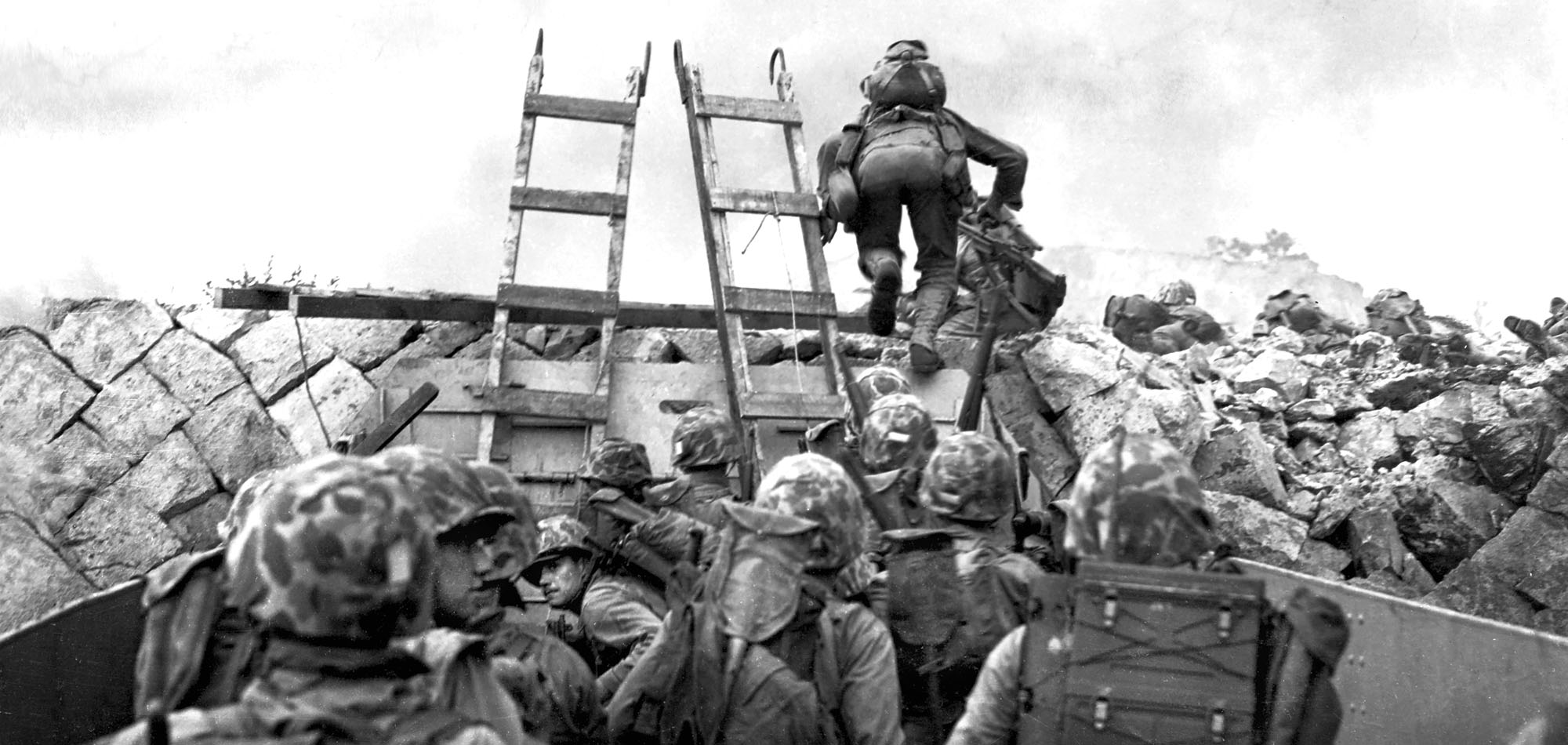
The Korean War began in June 1950 when forces of the communist regime of North Korea crossed the 38th parallel and invaded democratic South Korea in an attempt to unify the Korean peninsula. The Korean War soon widened with the involvement of United Nations forces, primarily from the United States, supporting the South, and later Chinese troops supporting the North. An armistice ended open hostilities in the Korean War in July 1953; however, there has been no formal peace treaty. The 38th parallel remains the boundary between the two Koreas, while an extensive demilitarized zone exists as a buffer.

Korean War
In recent years, the U.S. military has made significant announcements on the replacement of its old equipment, much of it dating back to the Cold War. Read more
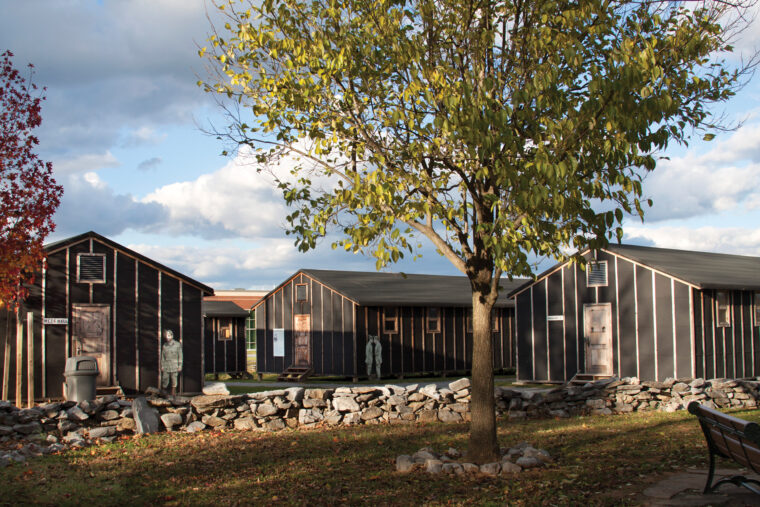
Korean War
In the heart of Pennsylvania, not far from the Civil War battlefields of Gettysburg, stands the U.S. Read more
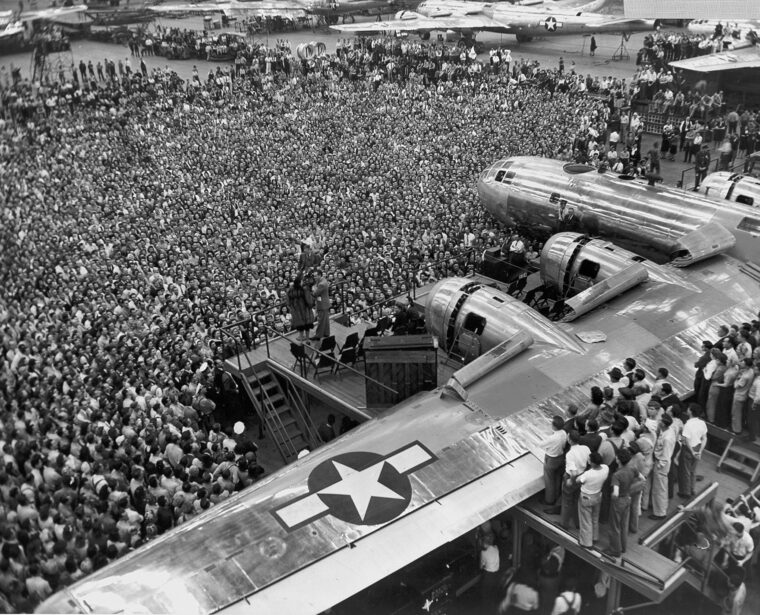
Korean War
When Maj. Gen. Curtis Lemay, the hard-driving commander of the Twentieth U.S. Air Force based in Guam, decided to change tactics in early 1945 to boost the effectiveness of the B-29 Superfortress, it was the Bell Aircraft plant in Marietta, Georgia, that ultimately provided him with the stripped-down bombers that played such a key role in ending the war in the Pacific. Read more
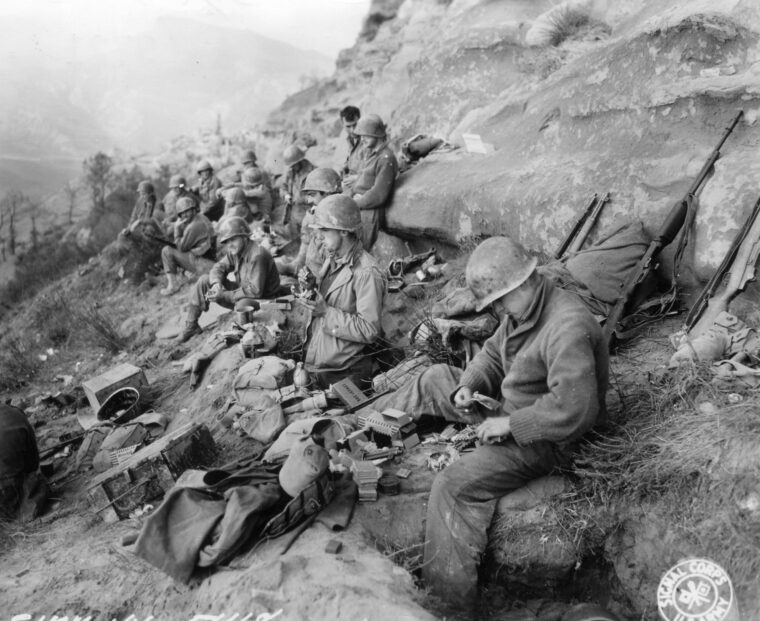
Korean War
Far down on the list of important inventions essential to victory in World War II is a modest gadget built of stamped metal called the GI Pocket Can Opener—commonly known as the P-38 can opener—which was used by American troops in the field to sever the lids off combat rations. Read more
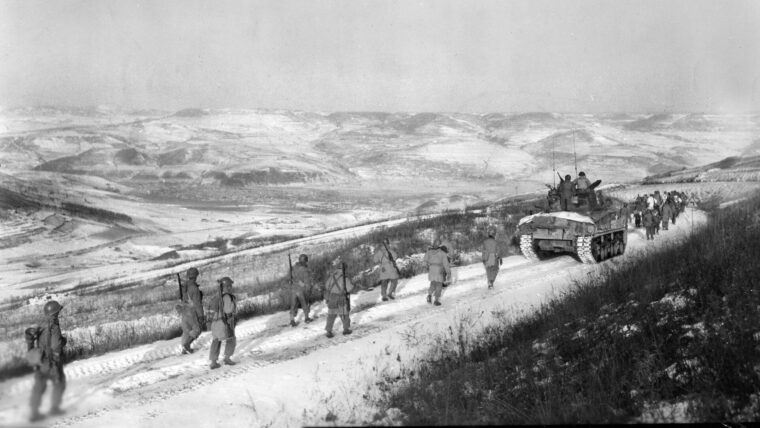
Korean War
When dawn broke on December 1, 1950, on the barren hillsides on the eastern shore of the frozen Chosin Reservoir in northeastern North Korea, the ragged, tenuously held perimeter of the U.S. Read more
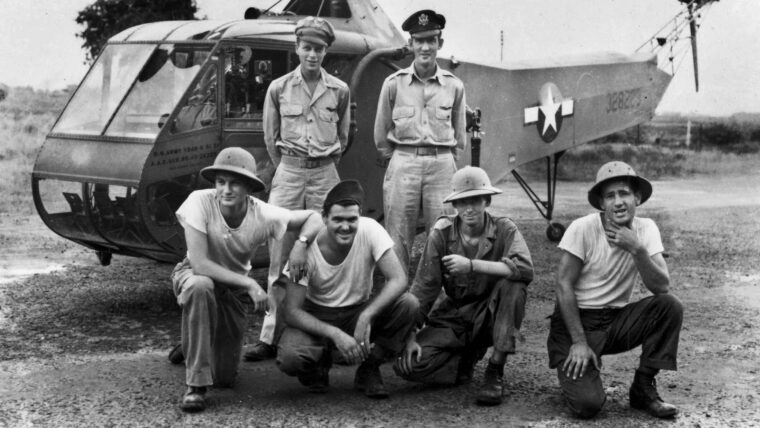
Korean War
On September 14, 1939, Igor Sikorsky attained stability and control with the initial flight of an open cockpit test bed known as the VS-300. Read more
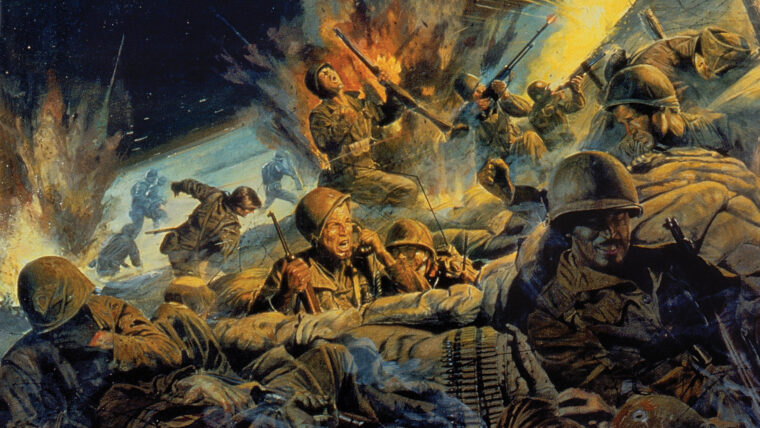
Korean War
The tennis-shoed soldiers emerged from the darkness on July 6, 1953, like a “moving carpet of yelling, howling men [with] whistles and bugles blowing, their officers screaming, driving their men” against the Americans as they swept up Pork Chop Hill (Hill 255), recalled Private Angelo Palermo. Read more

Korean War
The U.S. Marine Corps was not the only group of Americans facing off against the Chinese at the Chosin Reservoir. Read more
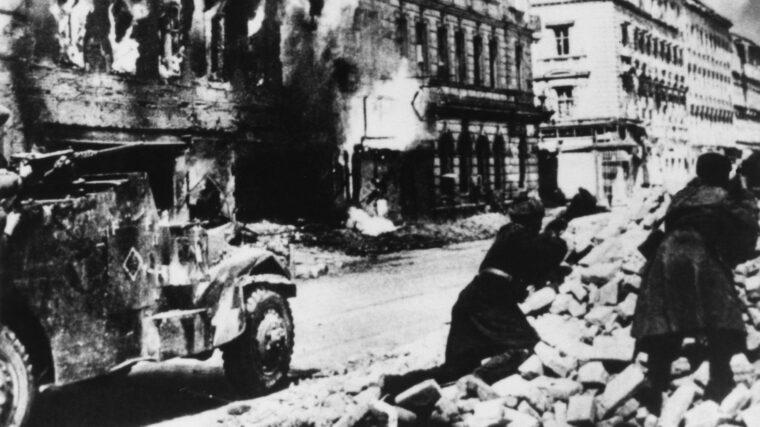
Korean War
In mid-March 1945, the Joseph Stalin’s Soviet Red Army launched a major offensive with the aim of clearing Axis forces out of Hungary and forcing them back to the very borders of Hitler’s Greater German Reich. Read more
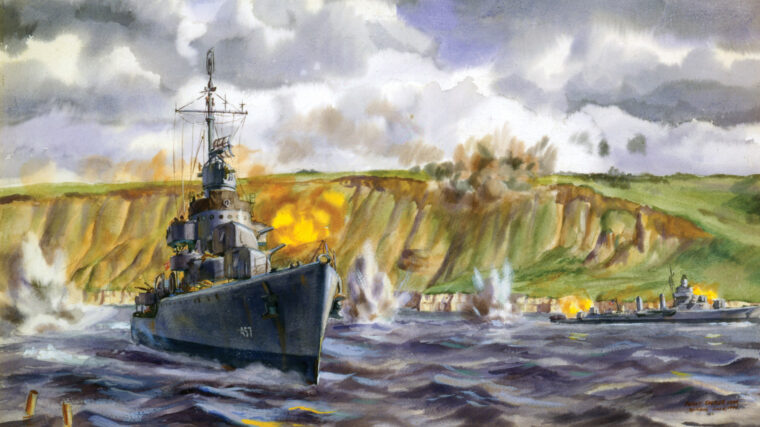
Korean War
At exactly three o’clock in the afternoon on February 25, 1944, a crowd gathered at the Boston Navy Yard for the commissioning ceremony of the USS O’Brien (DD725), a destroyer of the Sumner class. Read more
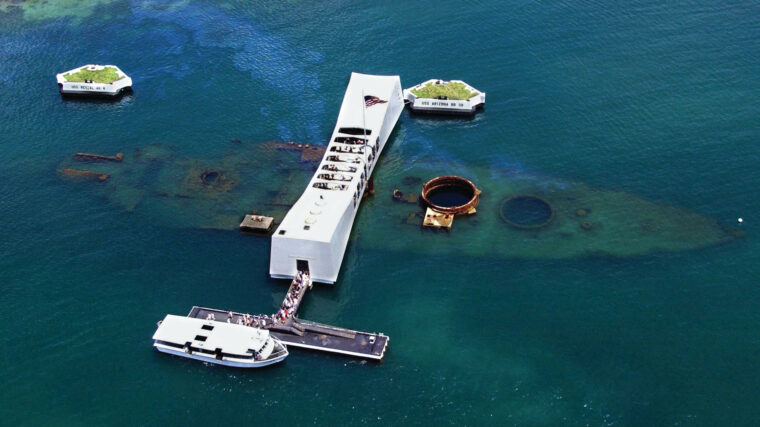
Korean War
There are few places on earth that have as many World War II museums, memorials, and monuments located in such a small area as the island of Oahu. Read more
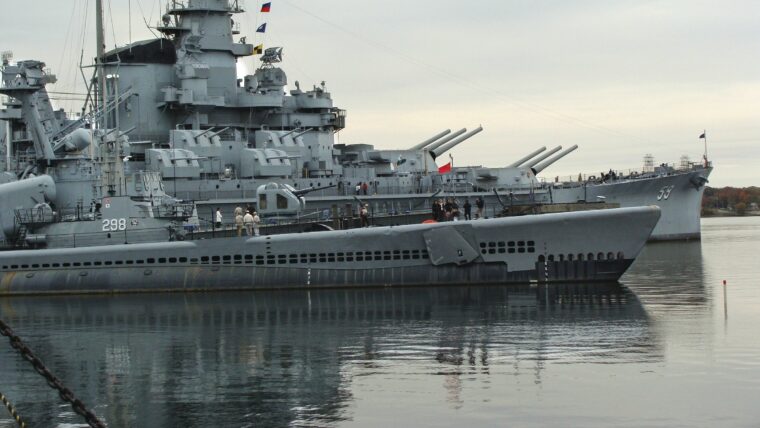
Korean War
Many associate Massachusetts with the Kennedy family, and its influence is evident at Battleship Cove. The World War II record of the Kennedys is a distinguished one. Read more
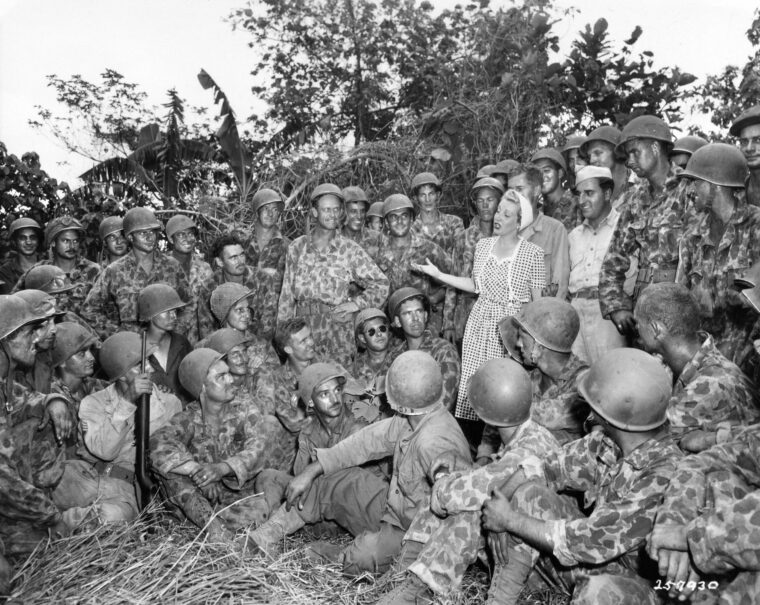
Korean War
Almost every American veteran has fond memories of a Track-Side Free Canteen, or a USO center at some train station or airport situated at locations around the world, or a “USO Camp Show” that provided entertainment close to the front lines, during every conflict since World War II. Read more
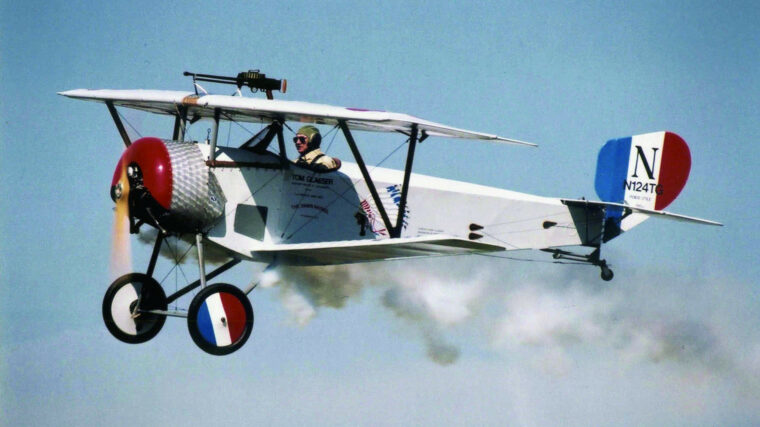
Korean War
Wright-Patterson Air Force Base in Dayton, Ohio, is home to the National Museum of the United States Air Force––the oldest and largest aviation museum in the world. Read more
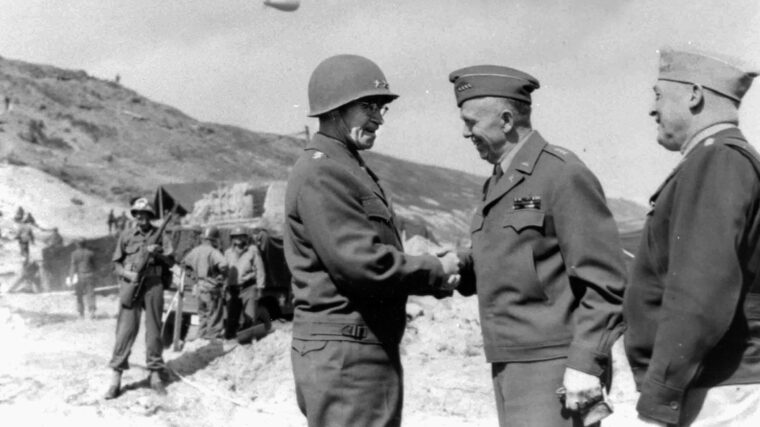
Korean War
George Catlett Marshall was the greatest American military man of his age. If the United States Army had kicked off the 20th century with the specific intent of constructing a chief of staff to lead it to victory in World War II, it could not have done a better job than what chance provided in the triumphs and travails over the 40 years that molded George Marshall. Read more
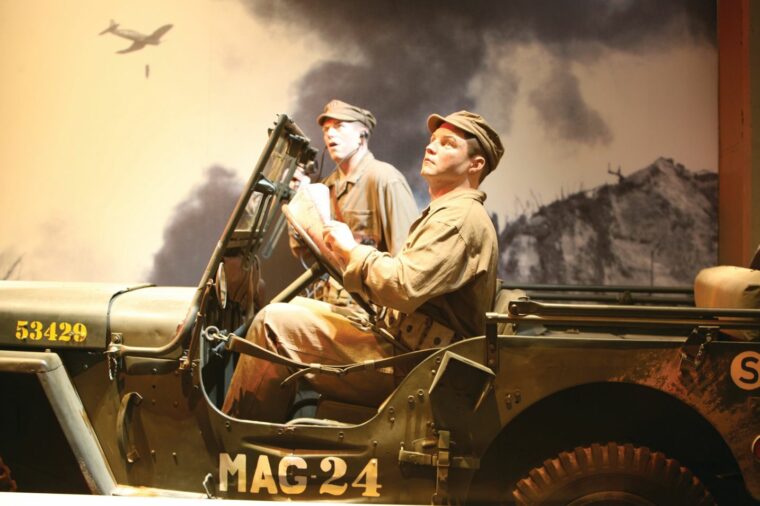
Korean War
Twenty miles outside Washington, D.C., at Quantico, Virginia, motorists traveling on Interstate 95 will come upon an unusual building that is clearly visible, day or night. Read more
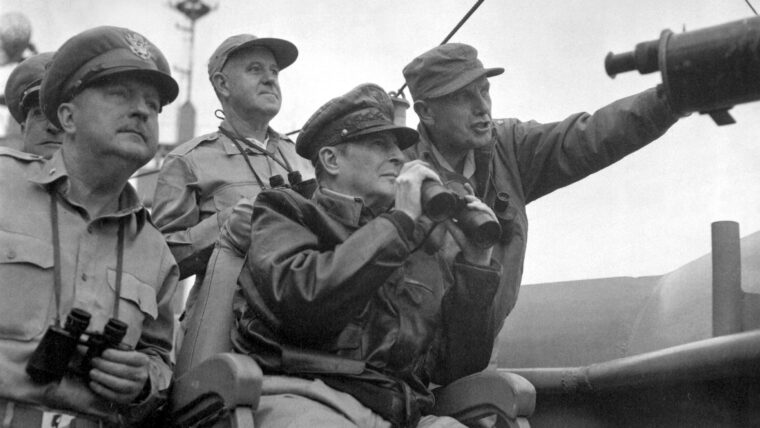
Korean War
In his 1964 book Gen. Douglas MacArthur (Gold Medal Books, Greenwich, Conn.), Bob Considine writes, “MacArthur’s final plan for winning the Korean War was outlined to this reporter in the course of an interview in 1954 on his 74th birthday. Read more
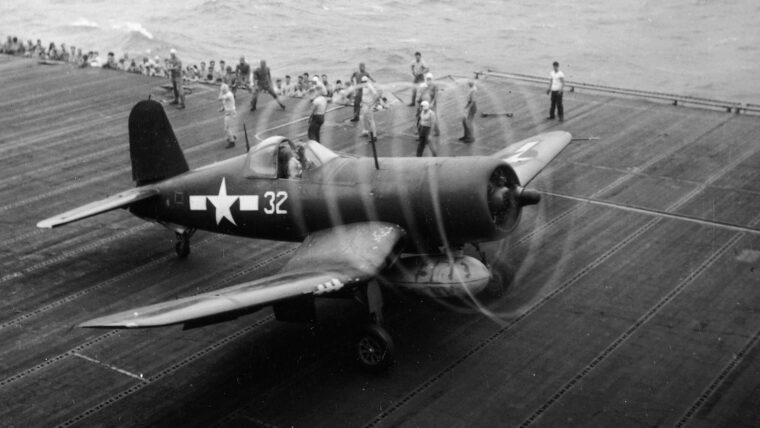
Korean War
Thanks to the rather far-fetched mid-1970s TV series Black Sheep Squadron, the bent-wing image of the Chance-Vought F4U Corsair is no doubt one of the most vivid of the World War II fighters in the minds of most Americans. Read more
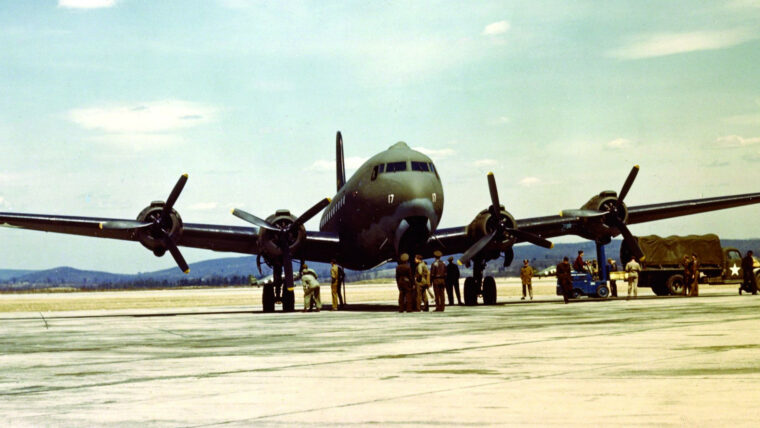
Korean War
At the beginning of World War II, the globe seemed huge—covered by thousands of miles of ocean and uninhabited land mass, but by the time it ended everything had been brought closer together, thanks largely to the four-engine transports of the United States Army Air Transport Command, particularly the Douglas C-54 Skymaster. Read more
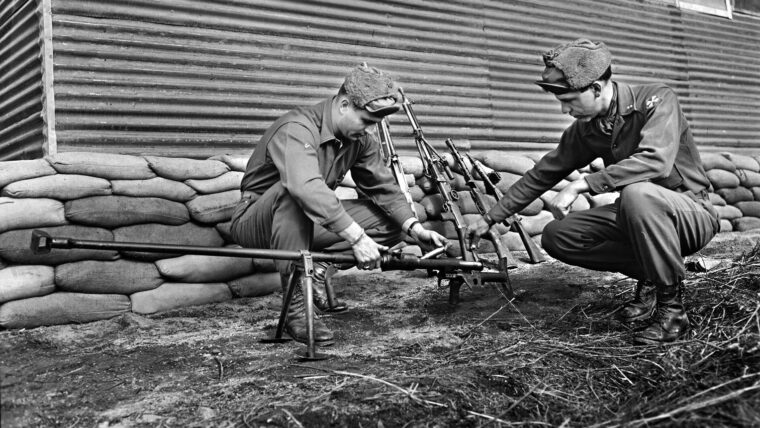
Korean War
Ever since the tank appeared on the battlefield during World War I, armies the world over have sought to field man-portable infantry antitank weapons to give the infantryman a viable defense against the metal monsters. Read more